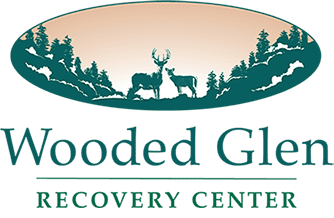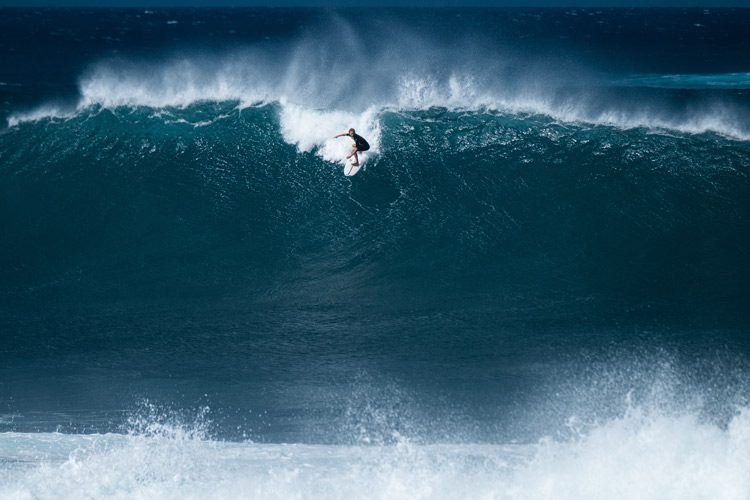Imagine a surfer out on choppy seas. Atop the board, the surfer must navigate wave after wave to stay upright. It might seem like the waves are simply too much for the surfer to overcome, but with a great deal of practice and determination, a skilled surfer can navigate most any kind of wave.
How does this relate to those in recovery?
Well, the urges that sometimes threaten to overwhelm a person in recovery are a lot like the waves our surfer is facing. At times, it might seem like those urges and cravings are so powerful that relapse is inevitable. But if you can learn a technique called urge surfing, you may well find that you ride atop the waves and maintain your sobriety.
Urge Surfing: What Is It?
Dr. G. Alan Marlatt, a clinical psychologist, developed the idea of urge surfing. His research was focused on relapse prevention and short interventions that might contribute to that prevention. From the 1980s through the 2000s (Dr. Marlatt passed away in 2011), his research attracted support from a variety of organizations including the National Institute on Drug Abuse (NIDA) and the National Institute on Alcohol Abuse and Alcoholism (NIAAA).
The strong desire to return to old habits—such as using drugs or alcohol in destructive ways—was the kind of “urge” at the center of Dr. Marlatt’s work. Those urges, his research revealed, are often experienced in the body as physical sensations. Maybe headaches accompany a craving. Or maybe a person gets queasy when an urge is strong. Perhaps there is a feeling of tension or even of pins-and-needles that signals a strong desire to use drugs or alcohol.
The urge surfing technique encourages the acknowledgement—rather than the avoidance or repression—of those sensations. Cravings are, without a doubt, part of the recovery process, and urge surfing is all about recognizing that fact without judging ourselves for feeling those cravings. Urges will come and go as your body adjusts to its new normal without alcohol or drugs—and the intensity of those urges will diminish over time. Experiencing the craving is not a sign that you cannot maintain your sobriety or that you have no willpower.
Being aware of cravings and their physical manifestations in our bodies helps us diminish their hold on us. Our urges are temporary—they rise and fall like waves—and we do not have to give in to them. Instead, you can learn to ride the wave until it passes.
Urge Surfing: How Do You Do It?
The practice of urge surfing is a mindfulness technique, which means it involves bringing your full attention to the present moment. Mindfulness practice—which has been shown to reduce feelings of anxiety, ease depression symptoms, increase self-esteem, and develop greater personal awareness—is often part of a personalized program of treatment for a substance use disorder. In the case of urge surfing, a person takes the foundational techniques of mindfulness and applies them to the physical sensations caused by cravings.
Here’s how it works:
- Sit comfortably in a quiet space where you won’t be disturbed. Close your eyes so that you are better able to focus on the exercise.
- Center your attention on the part or parts of your body where you are feeling the effects of the craving.
- Describe to yourself the sensations you are feeling. Be calm and objective as you move from sensation to sensation, starting with the most intense.
- Shift the attention to the rise and fall of your breathing. Breathe naturally.
- After a couple of minutes (don’t get hung up on the specifics of the timing), shift your attention back to the physical locations tied to the craving.
- Shift your focus from your sensations to your breathing until the urge you are experiencing subsides. It may help to think of the craving as the wave and your breath as your surfboard.
- When you feel better able to manage the urge, end the exercise and return to your regular activities.
- Remember that you can return to the exercise at any time if the intensity of the urge ratchets back up.
It can be difficult—particularly when you are starting out—to keep your focus on the exercise if you are trying to do it on your own. Fortunately, there are a variety of online resources, including instruction from a professional mindfulness teacher. Be patient with yourself when you first try this technique. It can take some time to get comfortable with the exercise and to begin feeling the benefits. But with regular practice, urge surfing may provide just what you need to stay afloat in your recovery.
Urge Surfing: One Option Among Many
It’s important to remember that no strategy is going to work equally well for every person in recovery. Maybe urge surfing just doesn’t seem to help—or only helps in combination with other activities designed to stave off cravings. Those activities might include (but are certainly not limited to):
- Taking a walk or a bike ride (or engaging in some other outdoor activity)
- Distracting yourself with a favorite book, an exciting movie, or music that you love
- Simply removing yourself from the situation in which you are feeling the craving
- Writing in your journal about the way you are feeling
- Contacting your sponsor or a close friend who will help you overcome your cravings without judging you
No Need to Keep Surfing the Web for Help
At Wooded Glen Recovery Center, we know all about the challenges of recovery and are ready and able to share a variety of resources and techniques with you or your loved one as you go through rehab and prepare to live a life of sobriety. When the relentless waves of a substance use disorder threaten to overwhelm you, remember that Wooded Glen can throw you a lifeline.

